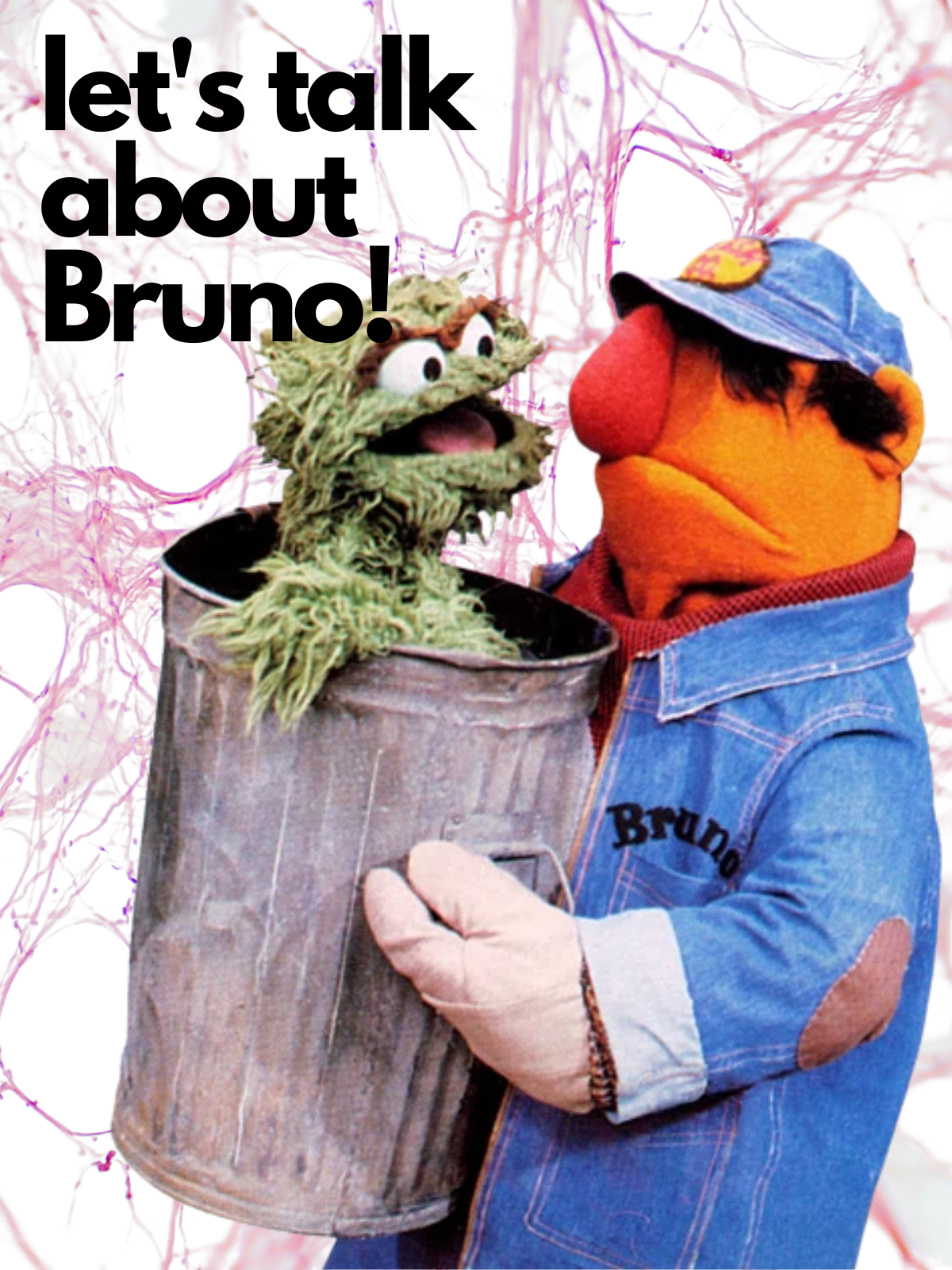Muscles or fascia?
Remember Bruno from Sesame Street? He was a Muppet with one purpose - to move Oscar the Grouch around.
Bruno is like our muscles - doing the heavy lifting.
Fascia on the other hand is a dancer on So You Think You Can Dance - proficient in every kind of expressive movement from ballet to hip hop, and everything in between.
Written another way, muscles are fast-acting contractile proteins that push & pull on the fascia within and around them. Muscle tissues themselves aren't actually very strong, but the fascia that muscles live within has the tensile strength of stainless steel - even though it looks like gooey snot! Muscle and fascia work in a unified myofascial system.
Put the pieces together with me…
Fascia is a pre-tensioned continua in our body, tensioning everything into place.
Fascia is the architecture for everything in our body. It surrounds and is throughout each muscle.
Fascia is non-Newtonian - it stiffens with force, and is fluidic and compliant without it (like ‘oobleck’).
This means that one could flex the same muscles but change the compliance/stiffness of the fascia for a different quality of movement. Fascia gives our movements meaning; expression that can be interpreted. It can also widen our thinking from how much we move something to the way in which we move something.
Images we inherited from centuries of biomechanical thinking amounts to parts that could never be put back together again. A skeleton in your voice studio or movement classroom uses screws and bolts and wires to maintain the relationship of each bone to the others, and without the connective tissue that makes us whole, we would just be a pile of named parts on the floor. How useless!
As mentioned earlier, when the parts are alive and functioning they are systemically integrated with fascia, which pokes a hole in the idea of isolated movement (not that it isn’t helpful as a model for learning, it’s just not a reality). Because the body is close-packed (there are no empty spaces) when one thing moves, its neighbors move, and force continues outwards like a rippling wave. So no part does any one thing, and any one thing isn’t done by one part.
It’s also not pedagogically useful to say, “since all parts are connected, you just have to sing with your whole self.” That’s too nebulous to have lasting effectiveness or be educational in and of itself.
This is where Laban comes into play! Have you thought about how the body manages to shift from ‘float’ to ‘press’ or ‘glide’ to ‘wring?’ Explore the differences for 10 seconds and notice how there’s no one place in your body flexing to change the quality - the shift can instantly change the energetic feeling throughout your entire body. Feel the flow - enjoy it.
Bruno and Oscar are involved in all of it - Oscar can't move without Bruno, and Bruno wouldn't exist if not for Oscar! They collaborate to get the job done.
Explore shifting from directing binary parts and pieces to motivating a fluid body that responds to qualitative prompts without thought or effort. Watch how artistic choices emerge and expand as you communicate with an intelligent form from which knowledge can be gathered.
